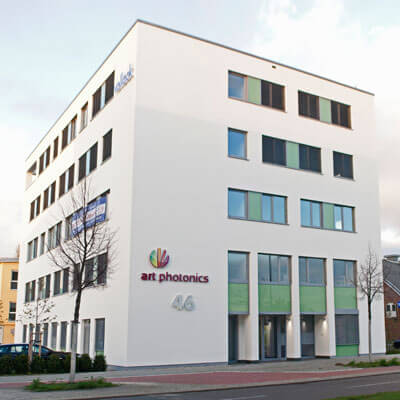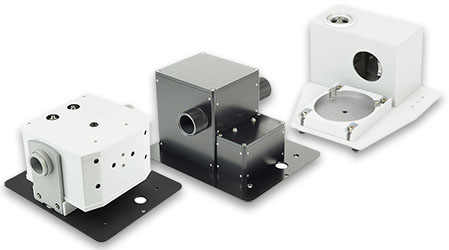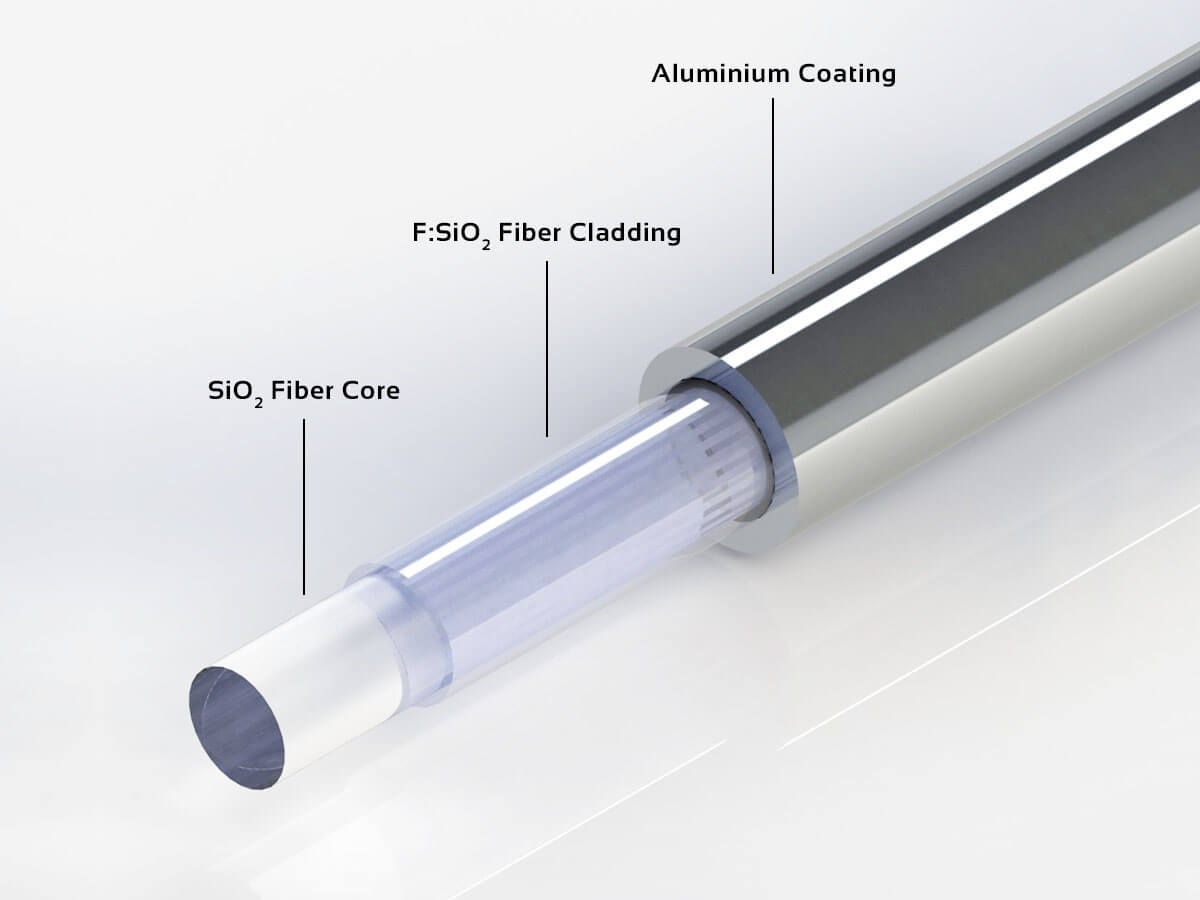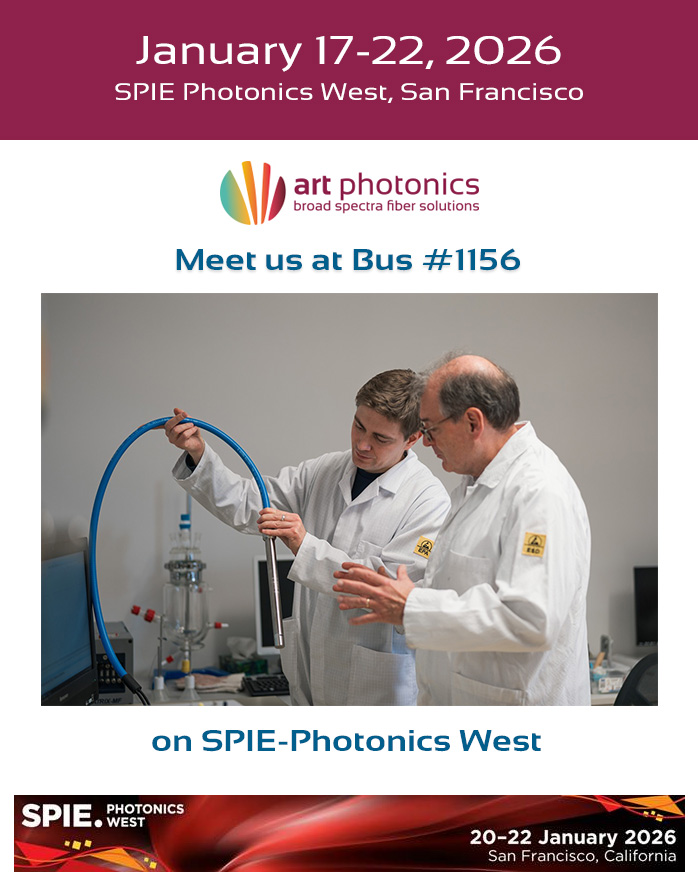Is your process spectrometer giving you the full picture? For engineers working in process control and Process Analytical Technology (PAT), the quality and reliability of real-time data are paramount. While the spectrometer itself is the core of the system, its performance often hinges on a component that can be easily overlooked: the optical fiber.
The secret to accurate, repeatable measurements often lies within this critical link. Different chemical or bioprocess applications have unique demands, requiring specific fibers designed for distinct wavelength ranges, operating temperatures, and challenging environmental conditions. Selecting the wrong fiber can lead to signal loss, inaccurate readings, and ultimately, a lack of confidence in your process data.
A Guide to Specialty Fibers for Process Spectroscopy
To help you navigate these choices, art photonics has published a new Technical Note, "Optical fibers for Fiber-based Process Spectroscopy and other applications." This guide provides a clear overview of specialty optical fibers to help you match the right technology to your specific measurement needs.
Below is a brief overview of the key fiber types covered in the note:
- Silica Fibers: As the most common type of optical fiber, silica fibers are a versatile choice for many applications. They are typically divided into two main categories based on their hydroxyl group (OH) content. High-OH fibers are excellent for the UV-Vis spectrum (180 nm to 1200 nm), while low-OH fibers provide excellent transmission in the Vis-NIR range (400 nm to 2400 nm). Protective coatings like polyimide allow for operating temperatures up to +300°C, while specialized metal coatings can withstand up to +600°C in non-oxidizing atmospheres.
- Polycrystalline Infra-Red (PIR) Fibers: When your analysis moves into the mid-infrared region, PIR fibers are an ideal solution. They are particularly well-suited for creating flexible Attenuated Total Reflectance (ATR) spectroscopy probes used for real-time chemical reaction monitoring and bioprocess control.
- Hollow Waveguides (HWG): For applications requiring high-power laser delivery or transmission in the far-infrared spectrum, Hollow Waveguides offer a unique advantage. They are a perfect option for transmitting IR light in the 3 to 17 μm range, enabling advanced applications in gas sensing and other specialized spectroscopic measurements.
Find the Perfect Solution for Your Process
Choosing the right fiber is a critical step in designing a robust and reliable PAT system. By understanding the fundamentals of each fiber type, you can ensure you are getting the most accurate and valuable data possible from your process.
We encourage you to read our new Technical Note to learn more. If you have questions or a specific process challenge, our expert technical sales team is ready to help. Contact us today, and we will work with you to find the perfect fiber optic solution for your application.









